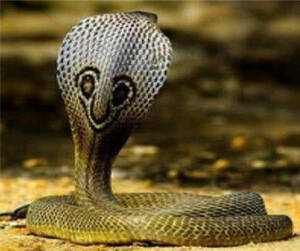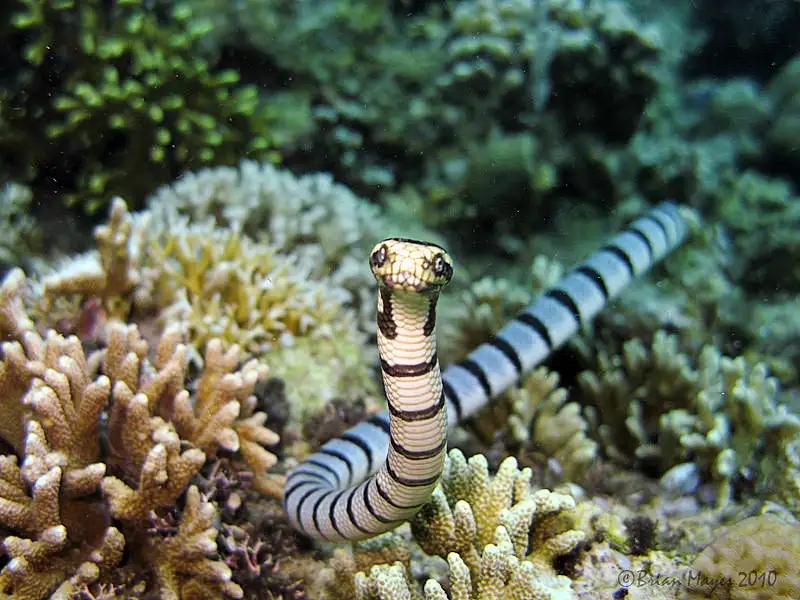
Sea Snakes (Group Overview)
Hydrophiinae / Laticaudinae (Elapidae)
Sea snakes are marine elapids comprising two main groups: the true sea snake···
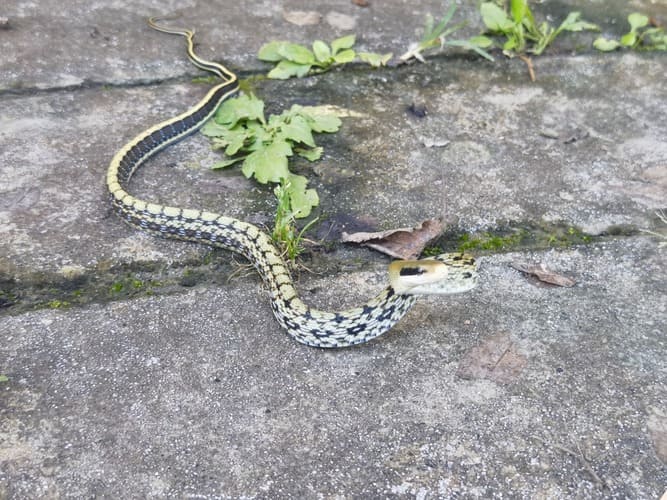
Beauty Rat Snake (Black‑browed)
Orthriophis taeniurus
Beauty Rat Snake (Black‑browed Rat Snake; Orthriophis taeniurus, formerly E···
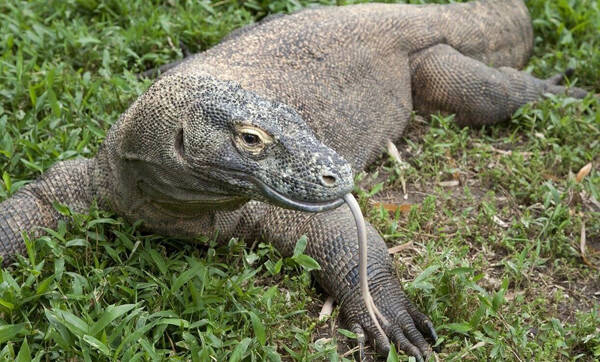
Varanus komodoensis
Varanus komodoensis,dragon、komodo dragon
The largest lizard on earth is the Komodo dragon. The Komodo dragon, scienti···

Atheris hispida
Atheris hispida,Hairy tree pit viper, scaly tree pit viper
The Kivu tree viper (scientific name: Atheris hispida), also known as the ha···
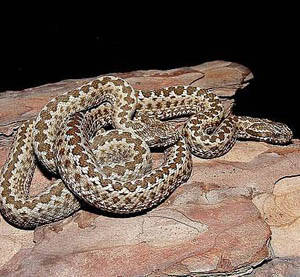
Vipera renardi
Vipera renardi,Oriental Viper
Oriental viper belongs to the family Viperidae of the order Squamata. It is ···

Vipera berus
Vipera berus,Northern Viper,Dragon viper, Arctic viper
The Vipera berus is the most widely distributed land snake.The Vipera berus ···
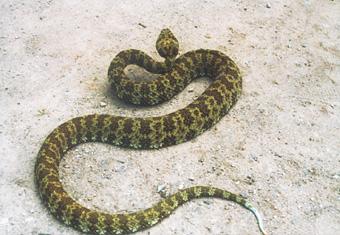
Protobothrops mangshanensis
Protobothrops mangshanensis,White-tailed snake, rare snake, small green dragon, Mangshan iron-headed snake
The Latin name of the Mangshan pit viper Protobothrops mangshanensis is a gi···
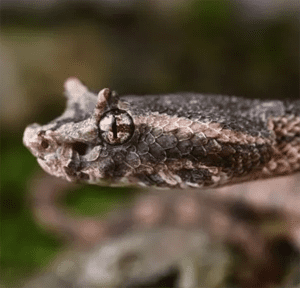
Protobothrops cornutus
Protobothrops cornutus,Horned iron, horned pit viper
The Latin name of the horned pit viper Protobothrops cornutus is very rare a···
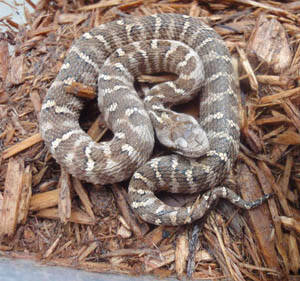
Gloydius shedaoensis
Gloydius shedaoensis,Agkistrodon acutus, Agkistrodon acutus, Agkistrodon acutus, Agkistrodon acutus
The scientific name of the snake island pit viper is Gloydius shedaoensis. I···
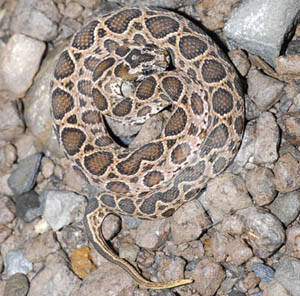
Daboia russelii siamensis
Daboia russelii siamensis,Leopard, leopard, coin spot, ancient coin window, round-spotted viper
Daboia russelii siamensis is a venomous viper belonging to the genus Viper i···
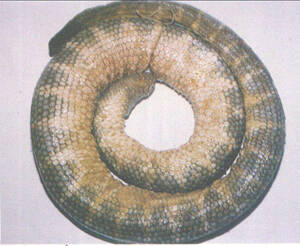
Praescutata viperina
Praescutata viperina,Black-tailed sea snake, Sea viper
The Latin name of the sea viper is Praescutata viperina, which is a species ···
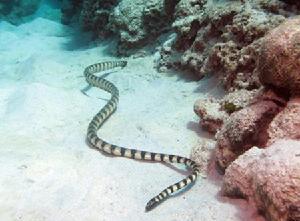
Hydrophis jerdonii
Hydrophis jerdonii
The sea snake is a species of the genus Sea Snake in the family Elaphedae. I···
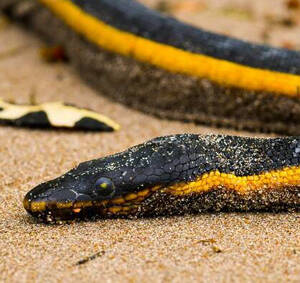
Hydrophis platurus
Pelamis platurus,Hydrophis platurus
Long-nosed sea snakes live in the ocean and can stay away from the coast. Th···
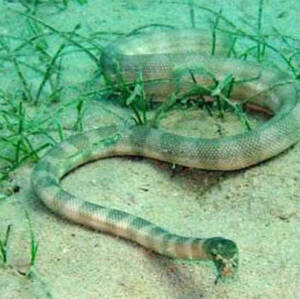
Microcephalophis gracilis
Graceful sea snake,Microcephalophis gracilis,Small-headed sea snake
Microcephalophis gracilis, Latin name of the small-headed sea snake, is a re···
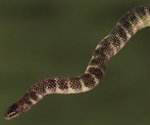
Lapemis eurtus
Lapemis eurtus,Spiny sea snake, flat-chinned sea snake
The Latin name of the flat-chinned sea snake is Lapemis eurtus, a species of···
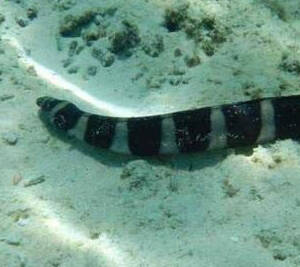
The Dwarf Sea Snake
Hydrophiidea,The Dwarf Sea Snake,Gray sea snake
The Dwarf Sea Snake is a reptile of the genus Cobra in the family Elapidae.T···
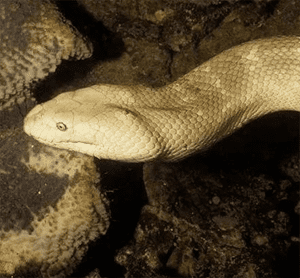
Hydrophis stokesii
Hydrophis stokesii
The sea snake is one of the heaviest and most robust sea snakes, and has the···
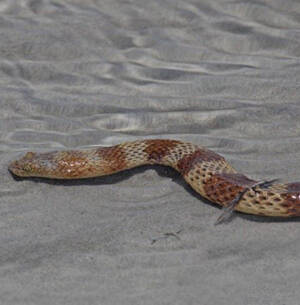
Acalyptophis peronii
Acalyptophis peronii,Horned sea snake, Spiny sea snake
Acalyptophis peronii is a venomous sea snake.Spiny-canthus sea snakes often ···
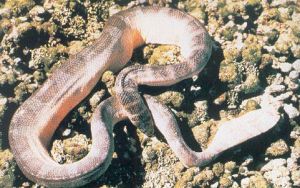
Hydrophis ornatus
Hydrophis ornatus,Black-spotted sea snake, pale grey sea snake
The Latin name of the pale gray sea snake Hydrophis ornatus is a reptile of ···
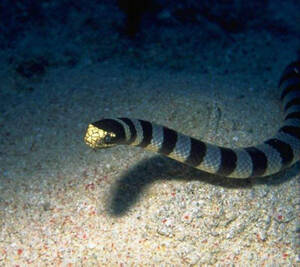
Hydrophis melanocephalus
Hydrophis melanocephalus,Black-headed sea snake
The black-headed sea snake is mainly Hydrophis melanocephalus, an animal of ···

